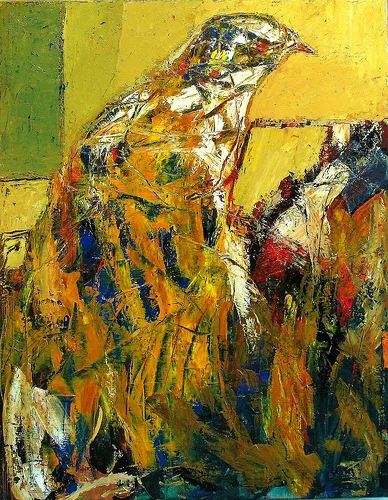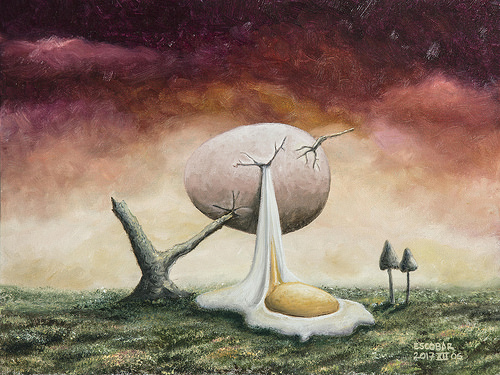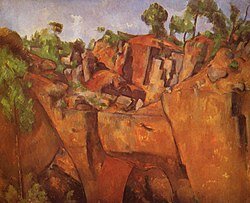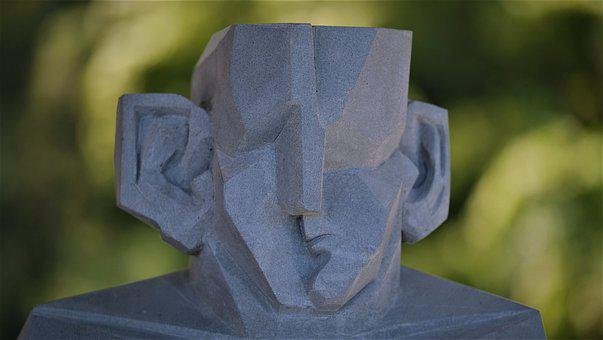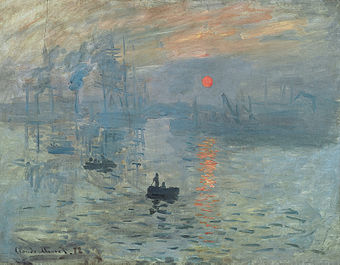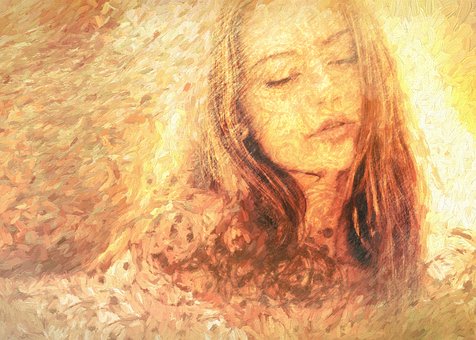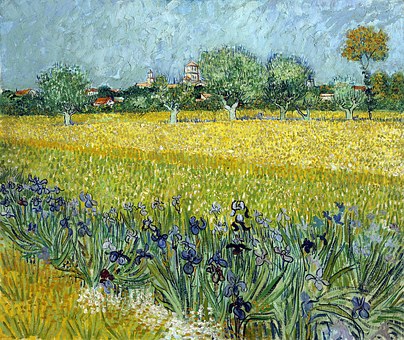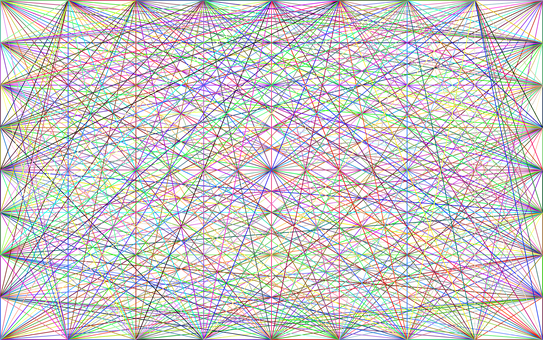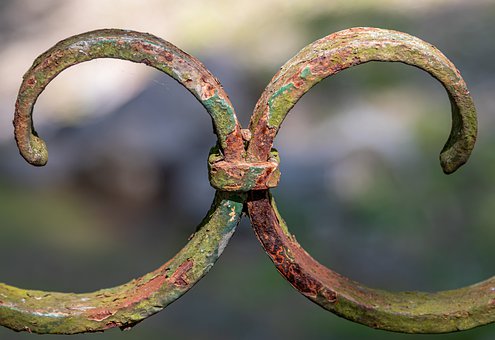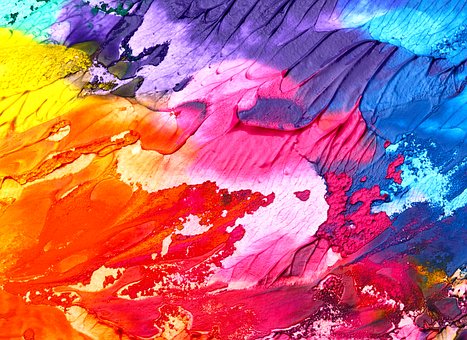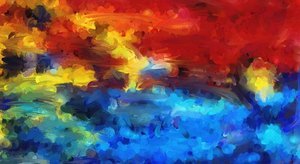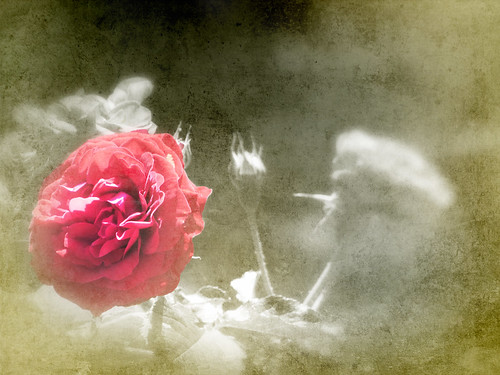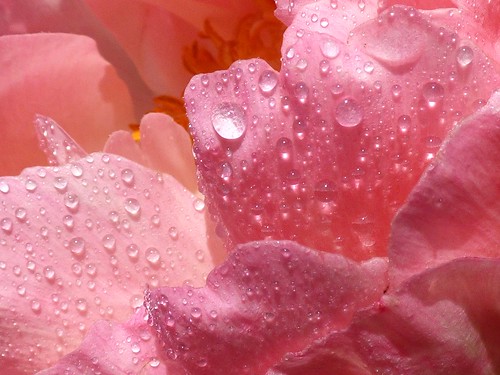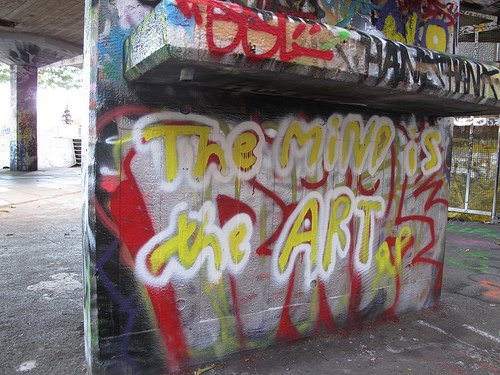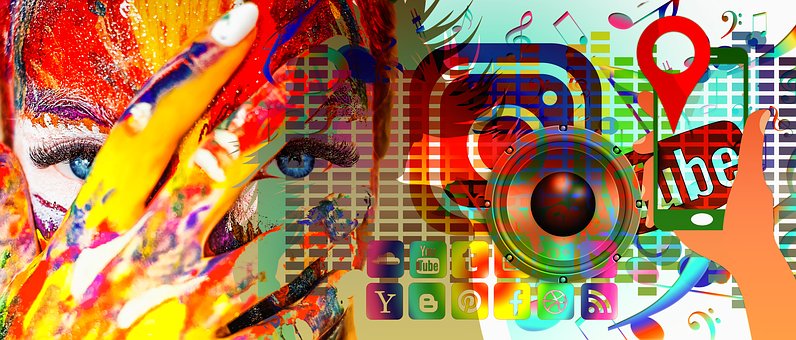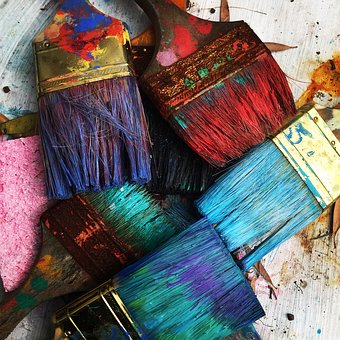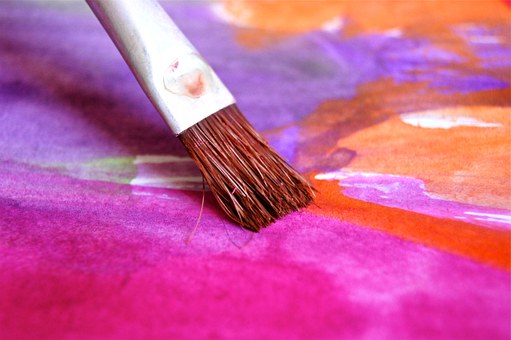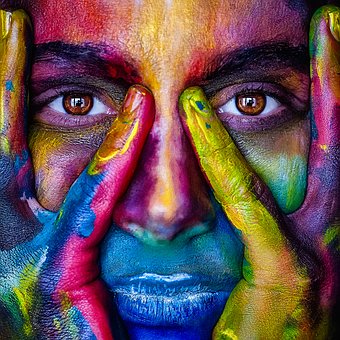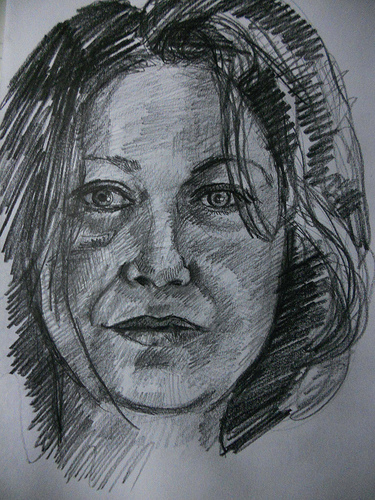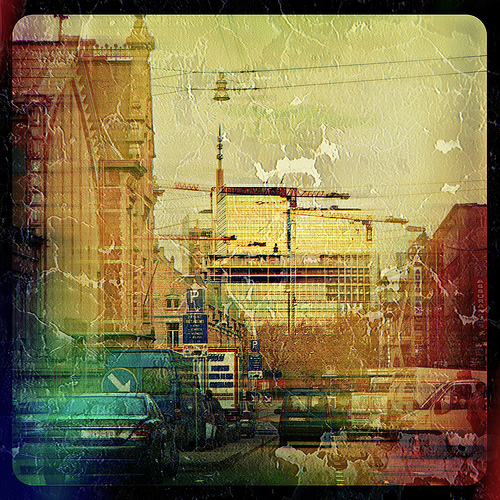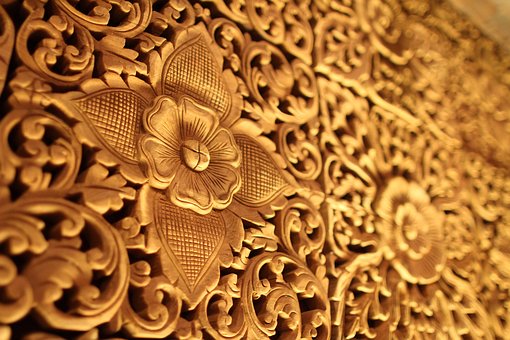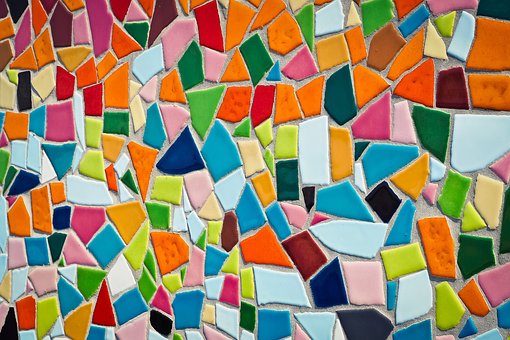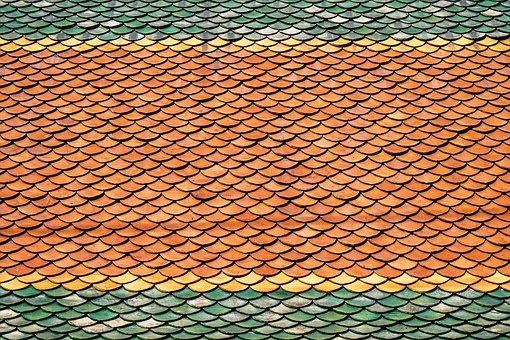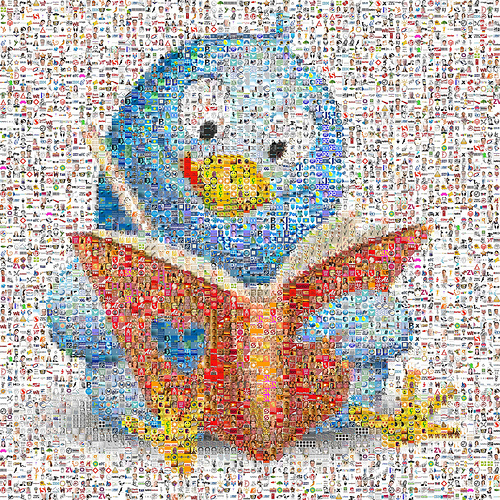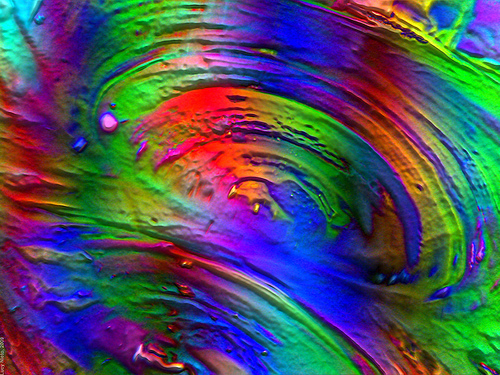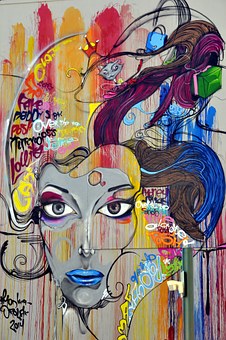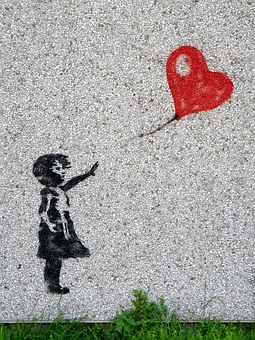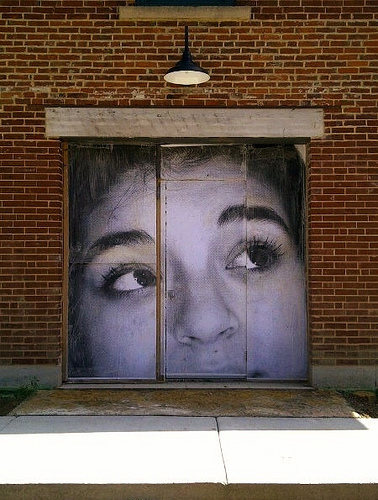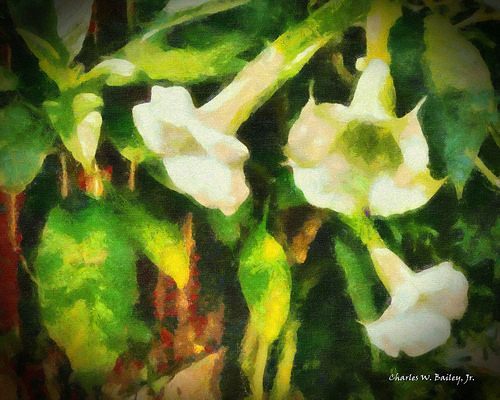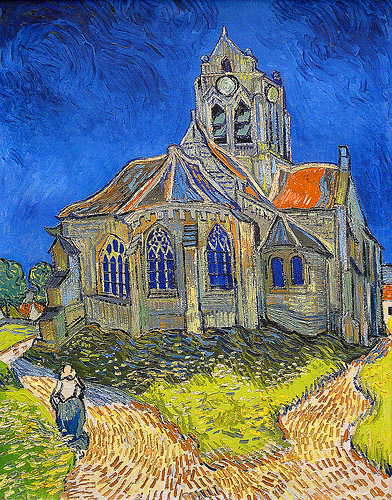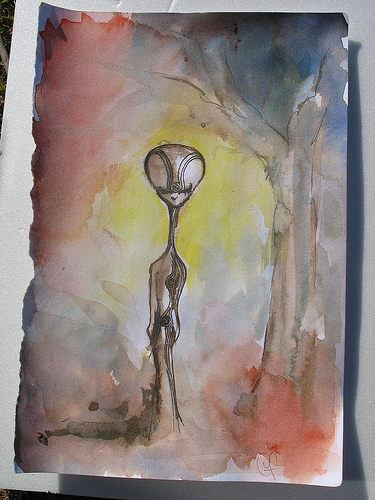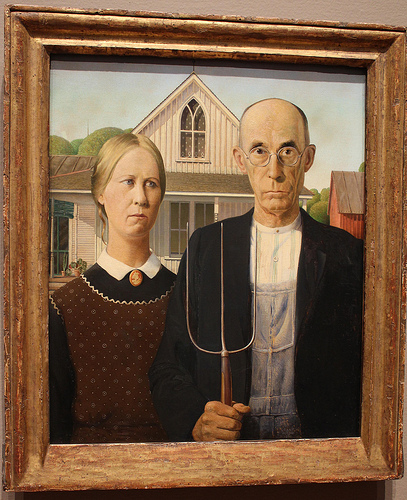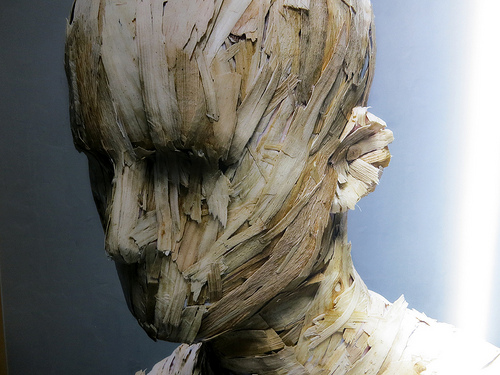V
Texture in Art can be Implied or Real →
Texture can be implied or be an essential factor in art. The surface is an art element used to bring depth and dimension. It can be told using a combination of long and short strokes but obtaining an actual texture is an important goal.
The texture is usually described as smooth or rough, soft or hard, coarse or fine, matt or glossy, and can be divided into two categories, tactile and visual textures.
Tactile textures refer to the immediate tangible feel of a surface but the texture and how it looks like it will feel if touched.
The texture is one of the seven elements of art. Understanding it fully will lead to more robust drawings and paintings. Surface - an art element that refers to how an object feels to the touch or looks as it may feel.
Smooth strokes create softness, and rough, reckless, and varied strokes convey a message of hardness. Paints can be blended, and three-dimensional effects can be made.
.
Cubism Represents a Multitude of Viewpoints Yielding a Deeper Understanding →
Cubist artwork, some say, is the most influential art movement known. It changed a wide range of ideas as far as art was concerned in the 1910s and 1920s, allowing for the development of abstract modern art movements.
In Cubist artwork, objects are analyzed, broken up, and reassembled in an abstracted form—instead of depicting objects from a single viewpoint, the artist shows the subject from a multitude of perspectives to represent the subject in a greater context.
Cubist art can be described as three-dimensional art consisting of geometric planes and shapes. Works of Pablo Picasso that consist of interlocking shapes and geometric planes are examples.
"The first true Cubist sculpture was Picasso's impressive
“Woman's Head”
Pop Art will show those Abstract Expressionists what real art is or isn't, they said? →
Not to be confused with Abstract Art, Pop Art was the art of popular or “material” culture and was a revolt against the status quo and the traditional views of what art should be.
V
Pop art was and perhaps still is a style of art based on simple, bold images of everyday items, such as soup cans, painted in bright colors. Some say that the pop art movement started as a rebellion against the, which were considered to be pretentious and over-intense. Is putting soup cans and familiar things on the wall not pretentious?
Pretentiousness is the attempt to impress, rather than the object of the attempt. Does putting a can of soup up instead of abstract art impress folks. Perhaps the audacity of it is really more pretentious?
Andy Warhol is remembered for the artistic presentation of a picture of a Campbell’s Soup Can. Some may feel that he is really remembered for his pretentious audacity. The Pop Art approach, that he is credited with being a early leader , evolved to include pictures of consumer product labels and packaging, photos of celebrities, comic strips, and animals.
Pop Art is a genre of art characterized by an interest in popular culture and imaginative interpretations of commercial products.
Impressionistic Art often shows the impression of light
Top Picture Example small thin strokes
Impressionistic Art is a 19th-century movement characterized by relatively small, thin, yet visible brush strokes, open composition, and emphasis on accurately depicting light in its changing qualities.
It emphasizes how light changes in the scene—the light changes suggesting a passage of time. Often the colors are soft rather than bold. The colors become more critical than the strokes.
The picture on the left below by Claude Monet titled Impression Sunrise is presented by small thin brush strokes, sometimes barely visible.
I
Art is About Connections - Real or Implied →
Growing up, I did not think I was a good artist, but even so, I took an art class in the 9th grade. Many in the class were talented, and I wondered if I had made a mistake. Mr. Lampson, the teacher, was passionate about art, and early in the school year, he mentioned a phrase that just drove him crazy.
Even though this class and teacher did not set me on the path to greatness in art, it did get me thinking, and over the years, many things I learned told me that Mr. Lampson was right. Art does have its role and purpose, but the question of whether art reflects the artist’s feelings or if art created those feelings is still unclear. Maybe it is both?
Oscar Wilde, in his 1889 essay, "The Decay of Lying," said: “Life imitates Art, more than Art imitates Life, and what is found in life and nature is not what is there, but is that which artists taught people to find there, through art.”
Do we see what is there, or what an artist taught us to see? It has been found that people do visit what they are conditioned to see. When people are hypnotized and asked about what they saw when they walked through a room, they have very different answers than when not hypnotized. People under hypnosis can remember the number of tiles on the ceiling or even the faces on the magazines on the tables, and they can’t remember those things. Their conscious mind was not interested in them.
Mr. Lampson also showed us how a lump of clay, spinning on a pottery wheel, grasped by an artist's hands, changed into what he imagined the clay to be and said that the clay itself informed the artist through the feelings it brought. He said that the bowls and vases produced were different when finished than the first intended and that the clay could talk to us. He attempted to teach us how to listen.
Writers and artists reveal much about themselves in their work but also find a great deal waiting to be expressed.
Art Gives Feelings Shapes and Shapes Feelings →
Is the object of art to give life a shape, or is it to provide the body with a life? Does art give feelings shape or shape feelings?
How the artist communicates how the artists use line, color, and Seaford space to convey the shapes and feelings of art.
Can the painting of a flower ever surpass the original in beauty and impact? →
Did Shakespeare say that The Object of Art is to give Life a Shape but which is greater, the art or the artist’s shape? Perhaps the artist adds to the original with emphasis felt.
Pink flowers represent grace and elegance and are captured in paintings to communicate feelings.
Does the painting of a flower ever equal or surpass the original is not the question but instead, does the image add to what we had before?
Pottery Art brings the spirit of the earth to art
Clay is modeled, dried, and fired into a vessel or decorative object, usually with a glaze or finish. Clay is a natural product dug from the earth.
The potter’s spirit and the earth come together to inform us of beauty.
PS: Note to those that love Art. See the review of “Art Before Breakfast” by Danny Gregory Click Here.
Quote by Danny Gregory
“It’s ironic that people speak of artists as dreamers. I think they are the most grounded people around. Conscious and present. As an artist, you really see life, connect with its beauty, and create something that shares those observations with others. You notice things.”
Also see review of “What Is Art” by Leo Tolstoy, click here
Street Art Reviewed is in the Eye of the Beholder →
V
Is Street Art Really Art?
Is the main difference between graffiti and street art the intention behind each approach? Graffiti writers are not interested in the general public understanding their artwork. They are primarily concerned with other graffiti writers who can decipher the coded tags and appreciate the writing style. This ignores the intended public impression created by graffiti which can be complex.
To assume that street art is intended for a different audience still leaves the question of whether it is art? Perhaps it is enhanced skill, but then it is likely in the eye of the beholder to decide.
Contrasts Captures and Compels our Interests in Art →
V
Contrast can be a defining principle of art. When it comes to art, contrast is achieved when contrasting elements are arranged together. Although these elements might be opposites, their arrangement can still be appealing.
Opposite elements of light & dark colors, rough & smooth textures, and large & small shapes create and capture the message. For example, black is the opposite of white, so there's a contrast between black ink and white paper and the colors used together in the picture. But the difference can also happen when the two things are very different. For example, cats and dogs are a contrast, but they're not opposites.
Contrast creates its dominance, and we are drawn to where the artist wants us to go.
If it is art or graffiti, may only be determined in where it is put. →
V
Does our perception of art communicate reality or just what we think the truth is? Are our emotions telling us what we see, or are they being told what to feel by what we see?
We express ourselves with the tools we have, and words, feelings, and eyes serve us well in that regard, but do our emotions and feelings convey accurate perceptions.
Art can be in various forms, shapes, colors, and textures, but the meaning will differ depending on what the viewer knows. Can the importance of art be the same for two people?
If the meaning isn’t clear or weak, the images may lack the needed complexity. Graffiti qualifies as art, but some disagree, and some feel it is only a cynical attempt at art, saying, “If art were a positive agent of change, the graffiti, being everywhere, would have made a better society for all. Of us.”
Isn’t the question really what is better, not what is art? Graffiti, a form of visual communication, usually illegal, involves an individual or group's unauthorized marking of public space.
Some say art is a human invention and...................
V
Some say that art is a human invention and that nature is not art because art needs a conscious mind, and nature is not intended.
Beauty is just a part of art, but art is not always beautiful, nor does it has to be attractive to be considered art.
Some may be surprised to find that nature may indeed be conscious and occasionally turns man’s work into Art.
Art comes from Knowing When To Listen
“We don't make mistakes, just happy little accidents” - Bob Ross
“A picture is a poem without words” - Horace
“Every artist was first an amateur” -Ralph Waldo Emerson
Listening is an art that requires work, focus, insight, self-discipline, and skill. Art springs from knowing when to listen …………………….
See prior posts: The Texture of Art, Natural Art, Does Street Art Speak to the Marketplace, Painting is Poetry and More
The Texture of Art
The texture is used to depict depth and dimension. It is an element of two-dimensional and three-dimensional designs and is distinguished by its perceived visual and physical properties. The use of texture, along with other aspects of design, can convey various messages and emotions.
Some things feel just as they appear, called accurate or actual texture. Some things look like they are rough but are smooth. The texture created to look like something it is not is called visual or implied texture.
Does Street Art Speak to the Marketplace
V
Street art is a form of the artwork displayed in a community on its surrounding buildings, streets, trains, and other publicly viewed surfaces.
So does Street Art speak to you? The marketplace says to us and business people who want to know what to do, “Listen to the Marketplace” (see essay on this in Essay Section). Should artists listen?
So is Street Art a reflection of the marketplace? Artists can listen to what it has to say and learn from it. It will tell of trends, fads, and coming changes. The artists who paint Street Art live in society, and their voice is revealing?
A Painting is Poetry and Art in what it suggests and in your thoughts. →
Art is likely to be poetic if it leaves out detail or conceals information or suggests the interpretation of the detail. It may suggest the influences and moods that are poetic.
The composition of poetry implied draws strong parallels the message of the painting. It starts with an idea, a subject, a theme, or often a distinct feeling.
It is the artist that takes pen or brush to canvas or paper and brings the poetic message to life.
“Painting is poetry that is seen rather than felt, and poetry is painting that is felt rather than seen.”
― Leonardo da Vinci
The color focuses the eye to the message of a marketplace which conveys where the center of excitement is. We feel the festive mood and if we relate to it then it is poetry to our soul.
This painting of the pioneer woman was painted as a mural by a pioneer artist, Minerva Teichert, across the entire front wall of this chapel above. I attended this chapel regularly in the 1950s, and it offered ample opportunities for interpretation.
Oil Painting Speaks in a Different Way
“Painting is poetry that is seen rather than felt, and poetry is a painting that is felt rather than seen.” ― Leonardo da Vinci.
Julius Klever(1850-1924), "Golden Autumn"
The oil painting has unique character-like properties that speak to you differently from other art forms or photography.
The oil paint is different in flexibility and depth of color and can be applied in many ways, from thin glazes diluted with turpentine, or linseed oil, to dense thick paste........ (more on this in the previous post in this section July 30th, "Oil Paints Resonates Realism)
1. Digital Oil Painting of Mother of Thousands Plant by Charles W. Bailey Jr
2. Digital Oil Painting of Rutland Beauty Flowers
3. Vincent Van Gogh, Church at Auvers
4. Charlie's Girl
Art is an Instrument of War →
“What do you think an artist is? … they are political beings, constantly aware of the heartbreaking, passionate, or delightful things that happen in the world, shaping themselves entirely in their image.
“Painting is not done to decorate apartments. It is an instrument of war.”- Pablo Picasso.
Art is made to defend something or fight against something. It isn't art if it doesn’t do one of these two things.




